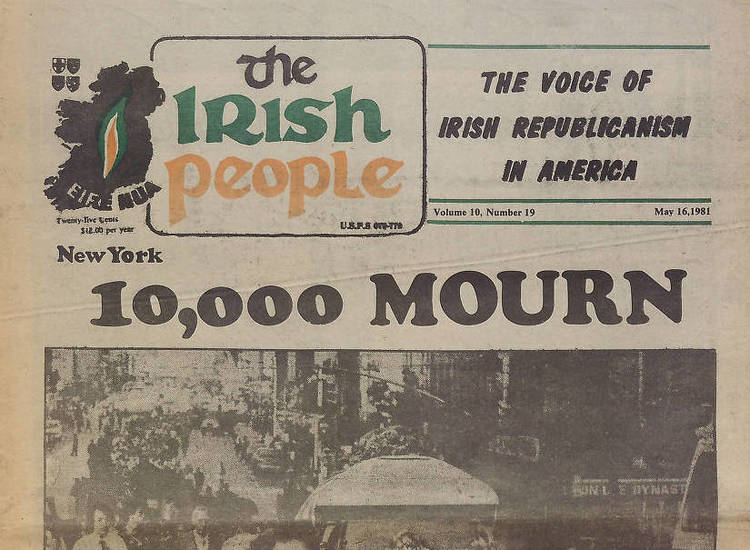When they took on the Los Angeles Angels of Anaheim up in the Bronx last Friday, the New York Yankees were playing their 86th Major League Baseball game of the year. That left them with just another 76 matches remaining between then and Sept. 30, the date the regular season ends and the play-offs begin. The 162 game schedule yields 162 live broadcasts, 162 game reports in all the major newspapers and 162 days of guaranteed radio and television headlines. One of the main reasons the sport can claim to be America’s national pastime is because from April until October baseball is with us every single day and night.
If so many people in America measure out spring and summer in baseball fixtures, the other sports offer similarly lengthy campaigns. Apart from seasons pockmarked by strikes, the NBA demands players tog out 82 times before the knock-out stages of its competition begin and those play-offs subsequently take another two months to run off. Nobody complains about too many matches. The NHL has the same amount of games and equally elongated play-offs. Even the NFL, a sport so punishing that some reckon a 16-fixture regular season takes too much of a physical toll, has lately been lobbying its players to increase their workload by two games.
All of the above puts the bizarre nature of the GAA championship schedule into some perspective. Even allowing for the fact the major American codes are professional, the contrast with Gaelic football and hurling is stunning. Following their victory over Clare last Sunday (a game which underlined how devalued the provincial championship is now), Cork are back in action on the first weekend in August. If they go on to win the All-Ireland, Conor Counihan’s team will play five championship matches in exactly four months. And, with all due respect, one of those outings was a glorified training spin rather than a competitive encounter.
“I think the season is very drawn out,” said Colm Cooper last year. “When you have a situation where you play your first round of the championship and don’t play again for two months it’s ludicrous.”
While the Kerryman’s main problem with the huge gaps between games concerns the difficulty for players trying to find and maintain form, there’s something else for the GAA to consider here too. The biggest stars don’t get anywhere near enough exposure to draw in casual sports fans. Cork currently boasts its most exciting collection of footballers to emerge from the county in generations yet they’ll be headlining a maximum of four serious gigs this summer. If Sligo triumphed in Connacht and got to Croke Park in September, the six matches they’d play en route will have taken closer to five months because they started the campaign in New York on May 6.
What other sport, amateur or professional, puts the spotlight on their star performers so few times in a calendar year? Well, probably the closest equivalent to the GAA in the world is American college basketball and grid-iron, where amateur athletes play at a professional level in world-class stadia before enormous crowds of paying fans. In both those sports though, teams play every week (more than that in the case of basketball) during seasons that last for four and five months respectively and almost every match is on television.
The ubiquity of the fixtures is part of the reason college basketball and grid-iron are two more national obsessions in America. A rookie quarterback can make his debut for a university in early September and be a household name by the end of that month. In the GAA world, it can take years to achieve any sort of wider recognition. Cooper may well lament the haphazard championship set-up playing havoc with form but having a regular schedule would also make it easier to grow the profile of Gaelic footballers and hurlers.
For an example of how a limited schedule impacts the marketing of a sport, the GAA can look closer to home too. Is it any coincidence rugby broke out of its middle-class ghetto and took off as a national sport when the best players went from being seen a handful of times every January, February and March to playing 30-odd meaningful games over nine months, all of them on live television? The GAA’s biggest issue would be how to increase the number of serious inter-county matches without killing off the club game, the price rugby paid for expanding the profile of its elite.
In this respect, there should be much less carping than before. The Seanie Johnston affair has shown us that, whether we like it or not, there are different strata in the GAA now. The inter-county players are on one level and everybody else is on another. It might be time to consider something drastic like devoting three months of the year to the All-Ireland series, having county teams playing on an almost weekly basis with midweek replays if needed. That way, they are on show more and in such a way that still allows them be available for their clubs outside those times.
The American business model for sport demonstrates less is not more and, in reality, putting the best hurlers and footballers on show so few times each summer actually makes very little sense at all.
The biggest boon the GAA has received in years is Kilkenny’s defeat by Galway last Sunday week. Aside from suddenly making everybody believe that Brian Cody’s side may not be invincible, there’s the matter of spicing up the All-Ireland quarterfinals by their very presence. The greatest team of all time now has to play an extra game this summer, meaning they get one more day of exposure instead of their usual four outings.
Imagine any other sport where they’d have a squad reckoned to be the finest ever assembled and they put them on show four times in the competition that matters most. And still there are people in Croke Park wondering why hurling is the best-kept secret in the world.










